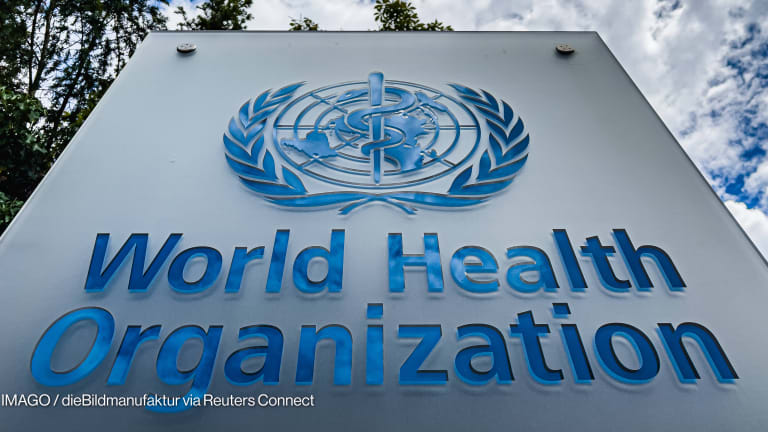The Swedish International Development Cooperation Agency will have a new organizational structure by January 2011.
Sida’s current organizational structure, which comprises three “pillars,” will be replaced with a “classical structure” of nine departments directly under the office of the director general starting Jan. 1, 2011, according to a news release from the agency.
The new structure is expected to make Sida a more efficient and effective organization, according to Tove Wennergren, Sida’s press secretary.
“Today there are 17 departments. The two-tiered leadership structure that is today’s SMG and OMG (strategic management group and operational management group) will be removed. The current three ‘pillars’ will disappear. The restructured organization, which will come into effect 1 January 2011, is smaller than the current one. This reality translates into an organization with between 120-150 full-time employees less than Sida currently employs,” Wennergren explained in an e-mail to Devex.
Wennergren said the decision to restructure Sida is part of the agency’s attempt to balance its administrative budget while increasing its presence in partner countries. The Swedish government decided that Sida should employ more field personnel to monitor its projects overseas, Wennergren added. Decreasing the staff at Sida’s headquarters in Sweden would allow the agency to increase its field staff, she explained.
Members of Sida’s new management team will be selected by Oct. 15, Wennergren said. Meanwhile, an interim management group, which includes Hans Magnusson, Malena Rosman and Johan Schaar, is in charge. Charlotte Petri Gornitzka is serving as acting director general. Bo Nezt has been appointed deputy director general, with a term of five years.








